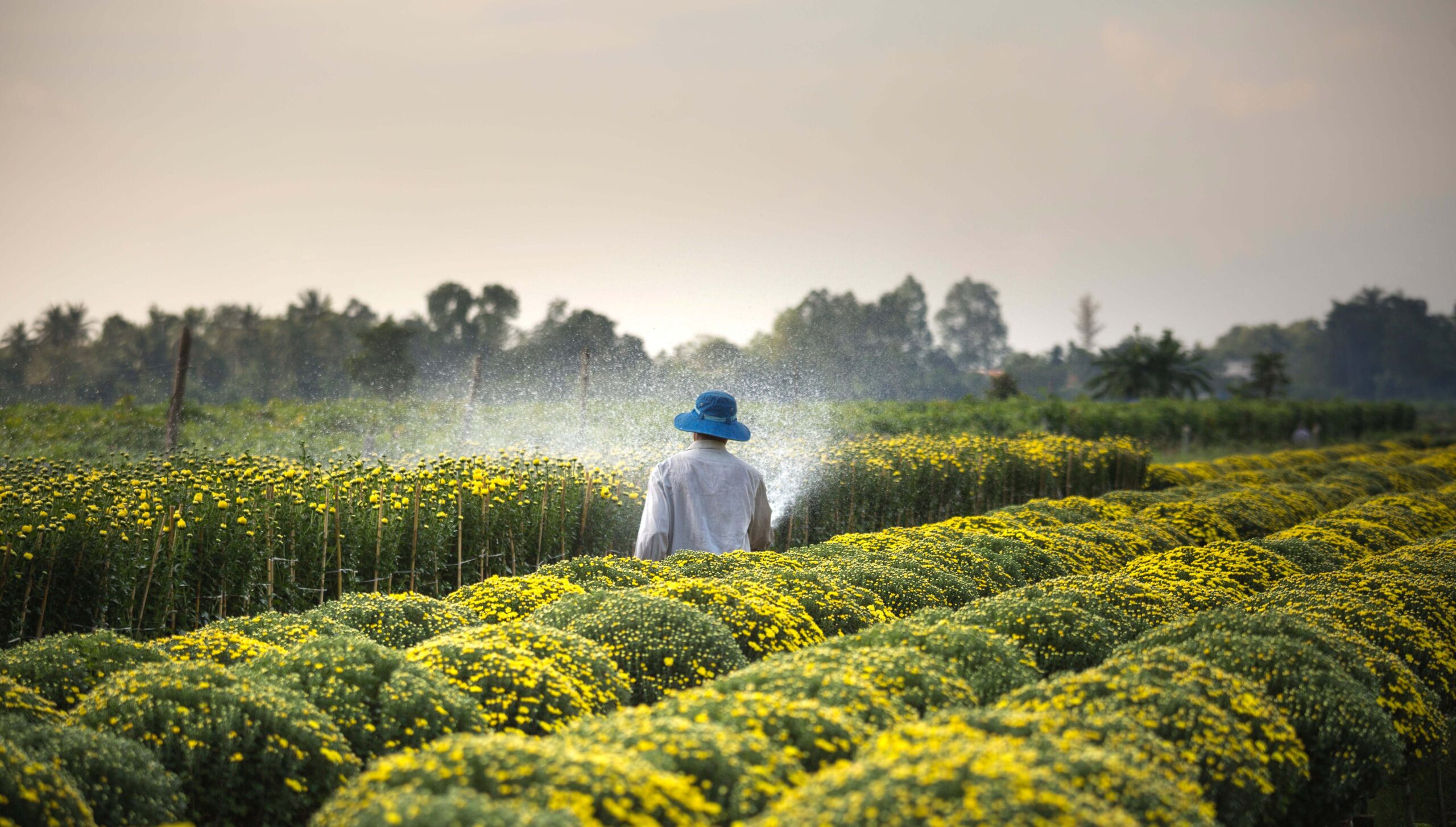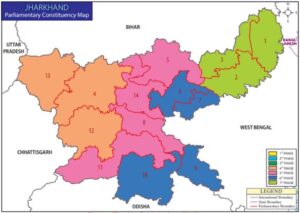Agriculture
Class 10th, NCERT Class Notes
Agriculture is the combinition of two Latin words ‘agri’ and ‘culture’.The word ‘Agri’ means field and ‘culture’ means cultivation. Thus agriculture refers to the set of work perform on land to produce food and to maintain livestocks. In other words we can say “Agriculture is science and art of growing food and cash crops for the consumptions of human beings.
Agriculture can be classified into two types:
i. Primitive Subsistence Farming
ii. Intensive Subsistence Farming
iii. Commercial Farming
i. Primitive Subsistence Farming: Definition: Primitive Subsistence Farming is also known as ‘slash and burn agriculture’. This type of agriculture is done after clearing a small patch of land by cutting down trees and burning them. When this land losses its fertility farmers move to another patch of land and leave the previous one for a few years to regain its fertility. When it regains it fertility farmers come back to this land and use to restart doing agriculture.
- This type of farming is done for subsistence of livelyhood.
- It is practiced on small patches of lands.
- Traditional tools like hoe, dao and digging sticks are used in this type of farming.
- This type of agriculture is done with the help of family or community labour.
- It is dependent on monsoon, fertility of soil and other environmental conditiions.
- Generally cereal grains and food crops are grown in this type of agriculture.
Slash and burn agriculture is also known as jhumming or jhum farming. It is known by different names in other parts of the world and in India.
| Local or regional name of ‘Slash and Burn Agriculture’ in abroad |
Country or Region |
| Milpa | Mexico and central America |
| Conuco | Venezuela |
| Roca | Brazil |
| Masole | Central Africa |
| Ladang | Indonesia |
| Ray | Vietnam |
‘Slash and Burn Agriculture’ is known by different regional names in India. Some of the important names are as follows:
| Regional name of ‘Slash and Burn’ Agriculture in India | Region or state |
| Bewar or Dahiya | Madhya Pradesh |
| Podu or Penda | Andhra Pradesh |
| Pama Dabi or Koman or Bringa | Odisha |
| Kumari | Western Ghats |
| Valre or Waltre | South Eastern Rajasthan |
| Khil | Himalayan Belt |
| Kuruwa | Jharkhand |
ii. Intensive Subsistence Farming: This type of farming is done in the areas having high population pressure on land. Since there is high pressure on agricultural land therefore labour intensive farming is practiced additionally high doses of biochemical inputs like fertiliser, inscticide, pesticide and weedicide are used. It requires better irrigation facilities also. So that sufficient amount of crops can be produced from limited area of land.
iii. Commercial Farming: This type of agriculture is done for commercial purposes. In order to produce high amount of crops, higher doses of modern inputs are used. Some of the important characteristics of ‘commercial farming are as follows:
- Commercial farming is done for commercial purposes.
- The main objective of such type of agriculture is to maximise the production of crops.
- Modern agricultural inputs like high yeilding variety (HYV) of seeds, fertiliser, insecticides, pesticides and weedicides are used to obtain higher productivity.
- The degree of commercialisation varies from region to region. For example we can say that rice is grown as a commercial crop in Haryana and Punjab but in Odisha it is grown as a subsistence crop.
Plantation: Plantation is a type of commercial farming in which a single crop is grown on a large area. Some of the important examples of the plantation crops are: tea, coffee, rubber, sugarcane, banana etc.
Important characteristics of plantation farming:
- A single crop is grown on a large area for example: Tea, coffee, rubber, sugarcane etc.
- Since it is a type of commercial farming so it requires well developed infrastructure of transport and communication.
Cropping Pattern: There are three important cropping pattern or cropping seasons
- Rabi
- Kharif
- Zaid
- Rabi Crops: Rabi crops are sown in winter from October to December and harvested in summer from April to June. Important Rabi crops are: wheat, barley, peas, gram and mustard etc.
- Kharif Crops: Kharif crops are sown during the begining of the monsoon and harvested in September and october. Important Kharif crops are: paddy, maize, jowar, bajra, tur, moong, urad, cotton, jute, groungnut and soyabean etc.
- Zaid Crops: Zaid crops are grown between Kharif and Rabi season during summer. Important zaid crops are: watermelon, muskmelon, cucumber, vegetable and fodder crops.
Major Crops:
Rice:













+ There are no comments
Add yours